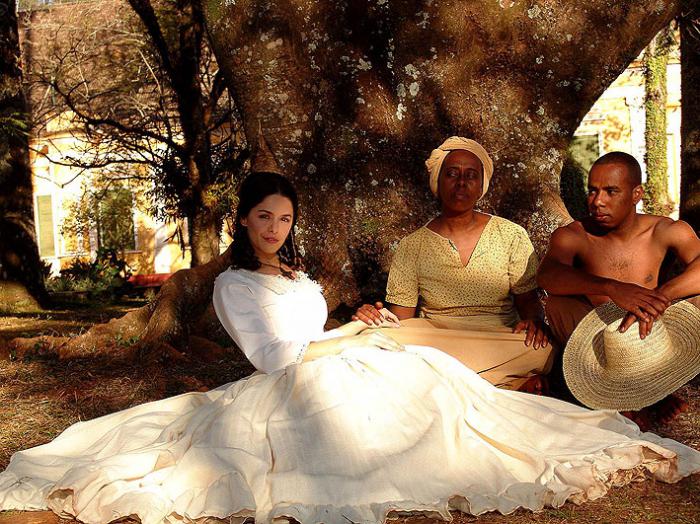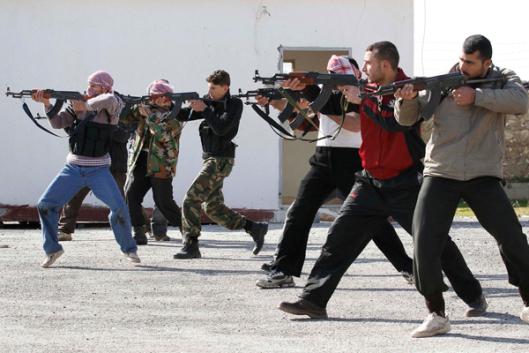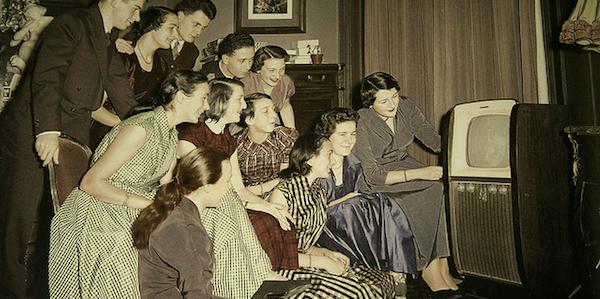Let's start with the definitions. The USSR ceased its majestic existence in the infamous 1991. This means that all the “soap operas” that were shown before the signing of the Bialowieza Agreements can fully fall into the category of “Soap Opera in the USSR”.
What is a soap opera?
This is a long, heart-rending film adaptation with a consistent plot, where each episode turns into one short series. The first soap operas in the US began to go on the radio, and only then did they conquer television screens. The fact that the name “soap opera” arose due to the fact that the first sponsors and advertisers of these series were large corporations producing hygiene items has already become a well-known and generally accepted stamp. Although there is another quite plausible background to the emergence of a funny name. Soap operas appeared in America in the pre-war period and were designed for housewives doing laundry and cleaning. Their hands were in soap, hence the name. And the company Procter & Gamble took advantage of this advertising niche only later, the first demonstrated soap opera in the USSR was no exception.
Start
Thanks to its specific audience, all soap operas are sentimental, if not tearful. Housewives of Balzac age, require beauty and sincerity. At some point, the housewives of the USSR also fell victim to Hollywood production, in which, as you know, there was no sex, but all-consuming love took place. However, this story did not begin with Hollywood, but with Brazilian film production. The first “soap opera” on display in the USSR, which instilled in Soviet women a love for this subgenre of cinema, was a captivating “Slave Izaura”.

This series managed to do what many other reformers did not succeed - a new word entered the Russian language. If in the 70s the USSR exported the word “dacha” to England, then in the 80s the world answered us with “hacienda”. Almost all six hundredth garden plots became “hacienda” overnight. The series was released in Brazil in 1976, and it came to the Soviet Union in 1988. On October 16 of that year, the first “soap opera” on display in the USSR began a triumphal procession on the blue screens of the Union. What was this year, what was happening in the country, that its citizens so eagerly plunged into watching the “Brazilian soap”?
USSR in 1988

January 1, 1988 began the second phase of perestroika. The 2nd package of laws on economic reforms came into force. The war in Afghanistan continued, and mothers were waiting for their sons home. Soon the withdrawal of troops began. There was the first public gangster "arrow", there were whole mafia clans. The state of people in the country passed from hysterical to depressive. Further, Nagorno-Karabakh and Nina Andreeva’s letter “I Can’t Give Up Principles” stating that Soviet women are not ready to come to terms with the processes of turning the country into a meeting place for Lyubertsy and Dolgoprudnensky. It is unlikely that one can be sure that the permission of the ideological department of the Central Committee of the CPSU to demonstrate “Slaves of Izaura” in the country was a sophisticated answer to the letter of Nina Andreeva, but there is some grain of truth in this. Women are always the nuclear electorate of any government, based on the idea of “there is no power, not from God,” or in another way it could be expressed so that the existing government has the right to continue its work, as it rules. Perestroika could destroy this female stratagem, as evidenced by the letter of Nina Andreeva, so the series were chosen as a means of mass destruction of the ripening discontent of women of the USSR.
Ideological tool
“Soap Opera” in the USSR is a classic version of the sewer of discontent and directing it to the illusory worlds of other people's happiness. And most importantly, every night. The Brazilian television series of twenty years ago turned into an event that eclipsed almost all the political ones. Grandmothers on the benches stopped discussing the rehabilitation of Bukharin and plunged into washing the bones of Isaur. A kind of anesthesia. The choice of the series, by the way, was very competent. Unlike the unspiritual Americans, “Slave Izaura” was shot on the basis of a classic sentimental novel, had an originally built plot and high quality directorial work. Very successful casting of actors. So, Leoncio turned out to be like Andrei Kharitonov, the actor who played the hero shortly before “Slave Izaura” in the film “The Star and Death of Joaquin Murieta,” which immediately attracted female hearts to him. In any case, the title “The first soap opera on display in the USSR” deservedly went to the unforgettable “Slave Izaura”!

And off we go
After the Soviet women appreciated the new pleasure they were given, “Rich too cry” and “Just Maria” appeared on the TV screen. And more and more foreign “soap operas”. Then the era of the endless “Santa Barbara” began and the Soviet Union ended. By the way, it should be noted that before the series from the United States for several years showed Latin American. Apparently, they better laid down on the mentality of the nation. It cannot be said that these 3-4 years, when not the heroes of How Steel Was Tempered, but Luselia Santos, distracted from the Pavlovian reform , they were really bad. Evenings were busy watching endless episodes of all new series, the soap operas of the 90s were very successful, and in the kitchens that were no longer communal, they began to scold the government less.